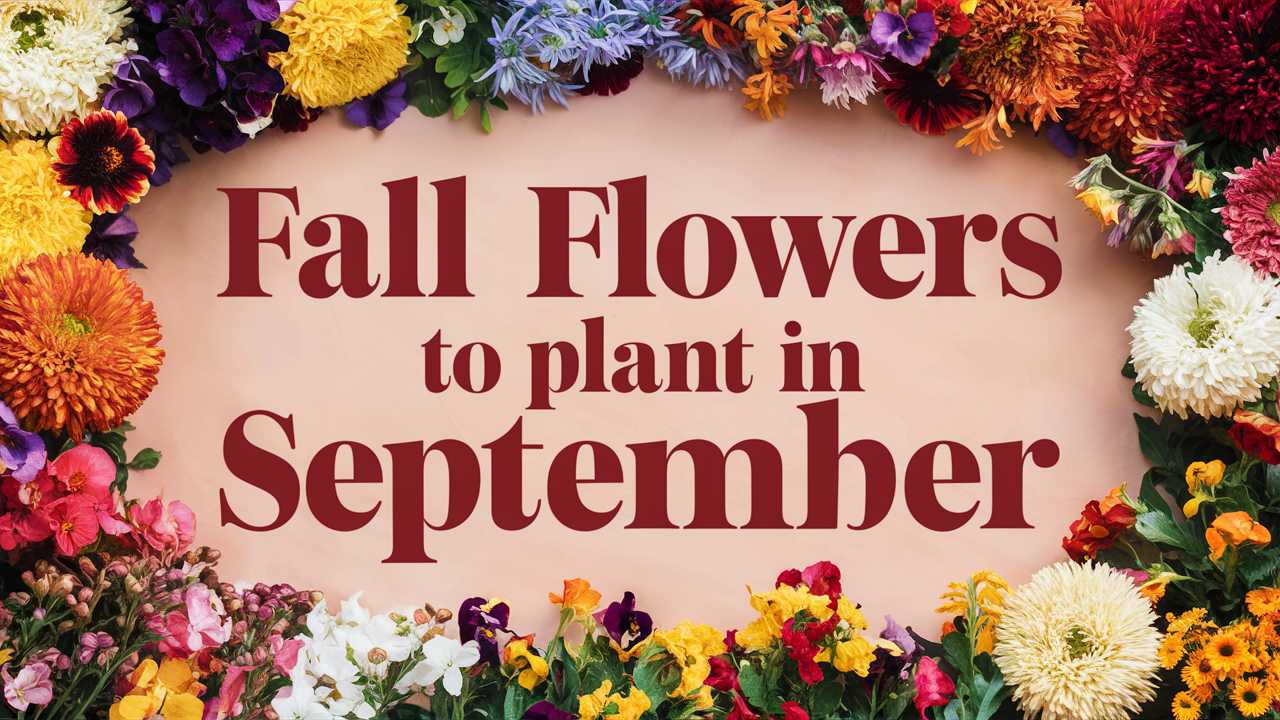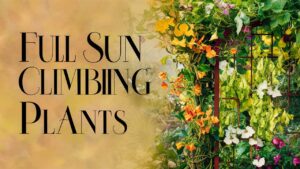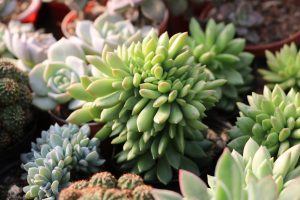As summer makes its gentle exit and the cool embrace of autumn begins, September stands as a pivotal month for gardeners. It marks the transition from hot, vibrant days to cooler, crisp evenings, and it’s the perfect time to think about adding a splash of color to your garden.
This month offers a unique opportunity to plant flowers that will not only thrive in the fall landscape but also provide beauty that will last well into the winter months. Below are 25 exceptional fall flowers to plant in September, each bringing its unique charm and characteristics.
Aster

Asters are quintessential fall flowers, renowned for their daisy-like blooms that come in various shades, from deep purples to soft pinks. They bloom from late summer into fall, making them a beautiful transition flower as the seasons change. Asters are hardy perennials that attract butterflies and other pollinators, providing an essential food source as they prepare for winter. To cultivate these beauties, ensure they are planted in well-drained soil and receive full sun. They thrive with minimal care, making them ideal for both seasoned and novice gardeners.
Mums (Chrysanthemums)
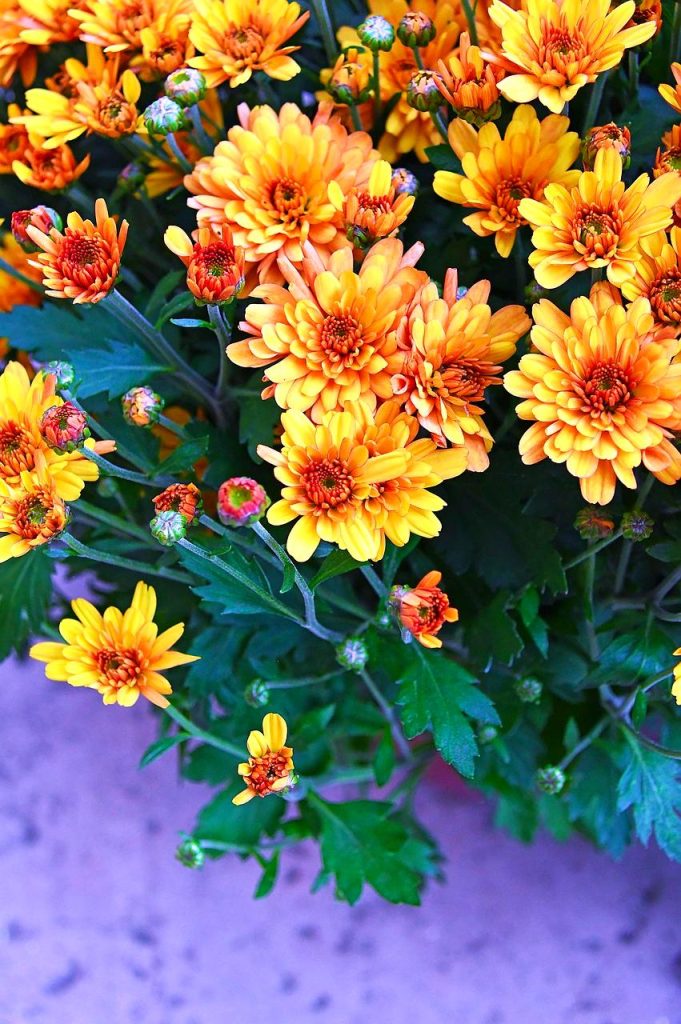
Chrysanthemums, commonly referred to as mums, are a staple of fall gardening. Available in a myriad of colors and forms, these flowers truly embody the essence of autumn. Mums can be planted in the ground or displayed in containers, making them versatile for any gardening space. They prefer full sun and well-draining soil. Regular watering during dry spells will keep them perky, but be careful not to overwater. With a little care, they’ll bloom in time for Thanksgiving, brightening up your holiday décor.
Sedum

Sedum, or stonecrop, is a succulent that offers unique, star-shaped flowers in late summer and early fall. They are drought-tolerant and perfect for xeriscaping. With their thick, fleshy leaves, sedums store water, making them incredibly resilient. These plants create a striking contrast in garden beds, offering textural variety. Plant them in full sun and well-draining soil, and watch them thrive with little maintenance. The flowers can sometimes remain until frost, adding interest to winter gardens.
Goldenrod (Solidago)
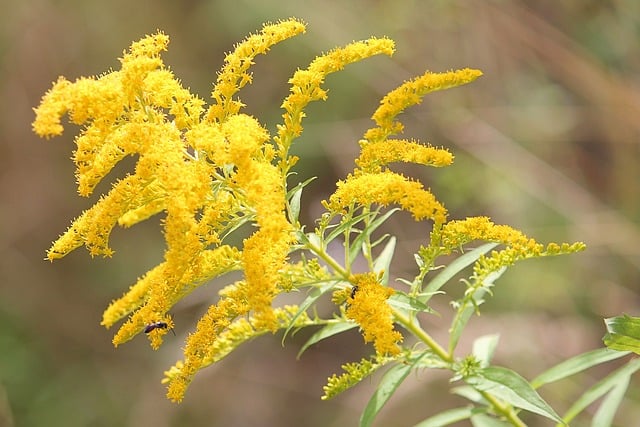
Goldenrod is often misunderstood, wrongly associated with allergies due to its pollen-producing capabilities. In reality, its bright golden blooms are a sight to behold, blooming from late summer to fall. Goldenrod is an essential addition to wildlife gardens, attracting various pollinators, including bees and butterflies. It thrives in well-draining soils and prefers full sun. Consider planting it in patches for a striking visual effect, as the clusters of vibrant yellow flowers bring warmth to the autumn landscape.
Japanese Anemone
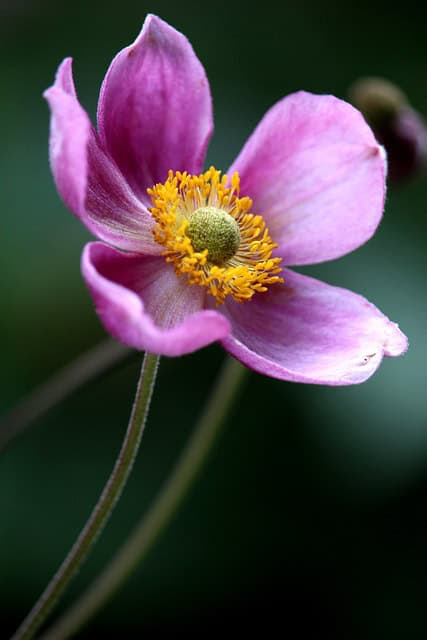
The Japanese Anemone is a graceful flower that adds elegance to any garden with its delicate blooms and fern-like foliage. Blooming from late summer into fall, it produces lovely flowers ranging from white to deep pink. They thrive in partial to full shade, making them perfect for gardens with dappled light. These perennial beauties can spread over time, offering a soft, natural look. Regular watering encourages healthy growth, and they are deer-resistant, which is an added bonus for woodland gardens.
Octopus Plant (Echium)
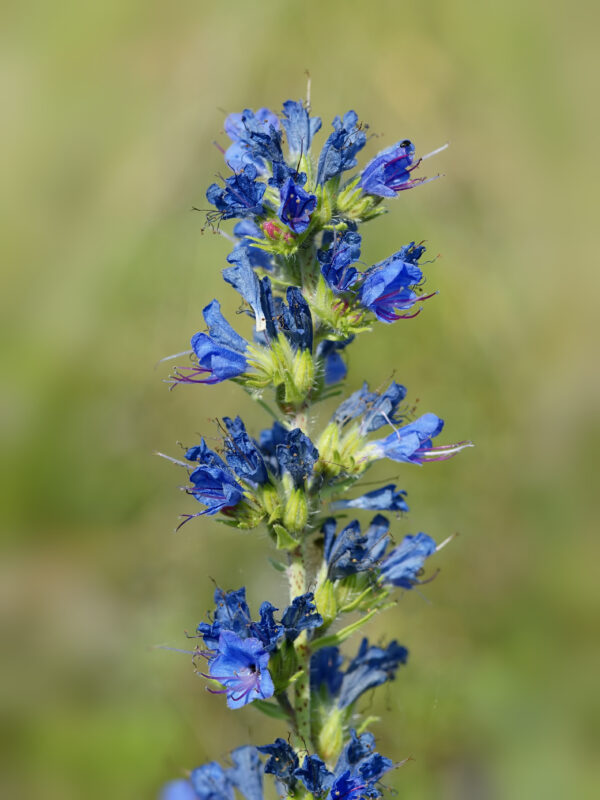
The Octopus Plant, or Echium, is a unique fall flower with striking inflorescences that resemble sea creatures. Blooming in shades of blue and purple, they are a favorite for coastal gardens but can thrive in various conditions. They attract bees and butterflies, providing critical support for pollinators in the fall. Ensure they receive full sun and are planted in well-drained soil. Their dramatic appearance will captivate and provide a conversation starter in any outdoor space.
Toad Lily (Tricyrtis)

Toad Lilies are fascinating and unusual fall bloomers that often surprise garden enthusiasts with their orchid-like appearance. These perennial plants thrive in shady areas, providing color where many other flowers might struggle. Toad Lilies establish well in well-drained soil and can endure various moisture levels. They’re perfect for adding intrigue to woodland gardens, with their spotted flowers appearing in late summer to fall, creating a whimsical touch to garden beds.
Fall Crocus (Colchicum)

Often mistaken for spring crocus, the Fall Crocus brings a delightful surprise to the autumn garden. These bulbs bloom in September and October, providing large, goblet-shaped flowers in stunning shades of lavender and pale pink. Plant them in well-draining soil under a tree canopy, as they appreciate some shade. After flowering, their large leaves provide a lush ground cover. These bulbs are easy to grow and make a striking statement in mixed beds or rock gardens.
Helenium

Helenium, or sneezeweed, is a vibrant fall flower that showcases striking colors resembling a sunset. With hues of yellow, orange, and red, these flowers create warmth in the garden as the weather cools. They are exceptionally hardy and attract butterflies, making them an excellent choice for a pollinator garden. Plant them in full sun in well-drained soil, where they can grow tall and proud without becoming leggy. Regular deadheading encourages continued blooming throughout the fall.
Rudbeckia
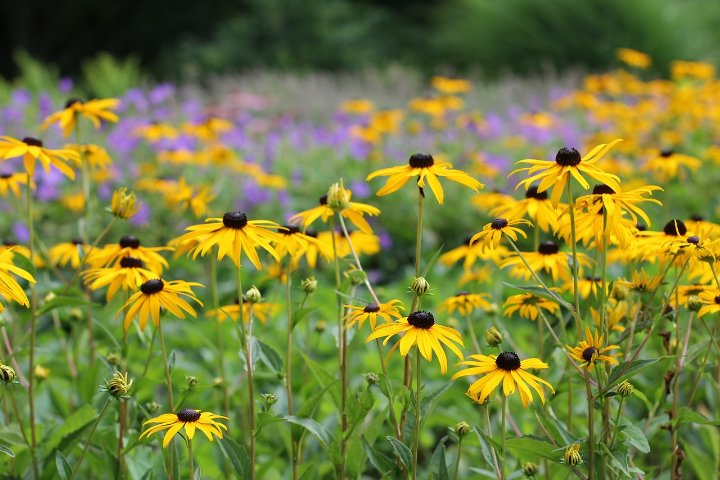
Rudbeckia, better known as Black-eyed Susans, are cheerful, sun-loving flowers that embody the essence of late summer and early fall. Their bright yellow petals and dark centers offer a hearty splash of color to the garden. Rudbeckia is incredibly low-maintenance, preferring well-drained soil and full sun exposure. These perennial plants bloom throughout the fall, attracting bees and butterflies while adding a lively touch to any landscape.
Salvia
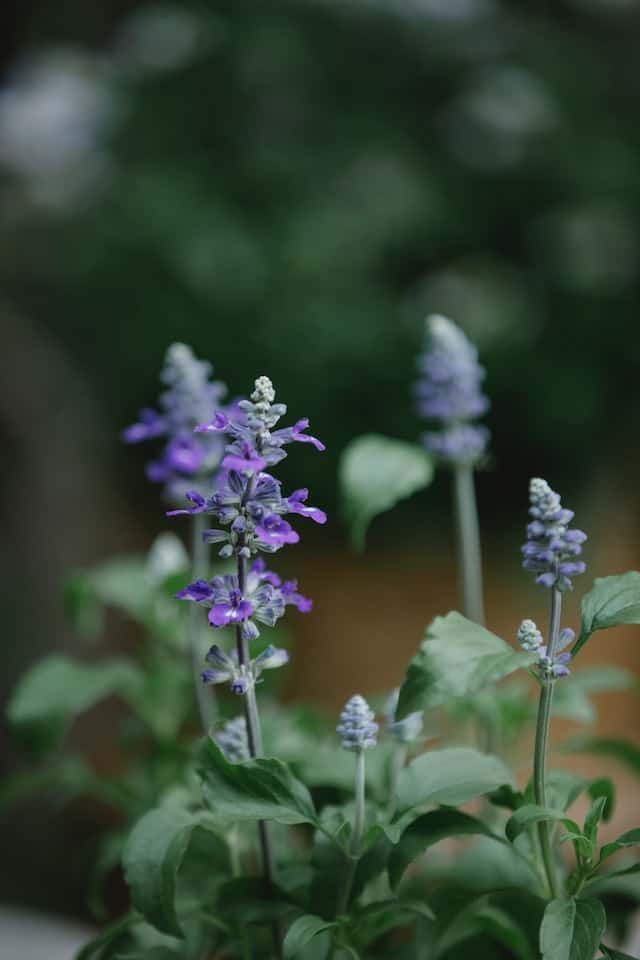
Salvia species, particularly the perennial varieties, thrive in the cooler months of fall. With their vibrant spikes of flowers in shades of purple, blue, and red, salvias are a magnet for pollinators and hummingbirds. Plant them in well-draining soil under full sun for optimal growth. Salvia requires minimal water and care, making it a favorite among busy gardeners. Their resilience through the fall season adds impressive color and texture, especially when grouped together.
Coral Bells (Heuchera)
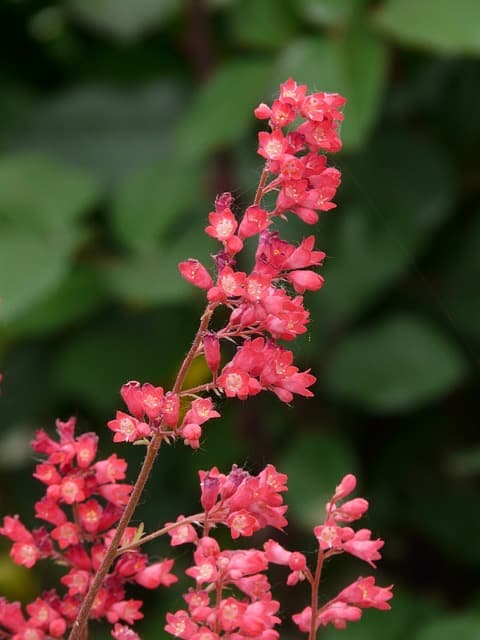
Coral bells, or Heuchera, are known for their stunning foliage and delicate flower spikes. These plants provide lovely color all season, with leaves in shades ranging from deep burgundy to silvery green. In the fall, they produce tiny bell-shaped flowers that attract bees. Heucheras thrive in partially shaded locations and prefer well-drained soil. Their diverse foliage provides an excellent complement to flowering plants, making them a perfect addition near paths and garden edges.
False Sunflower (Heliopsis)
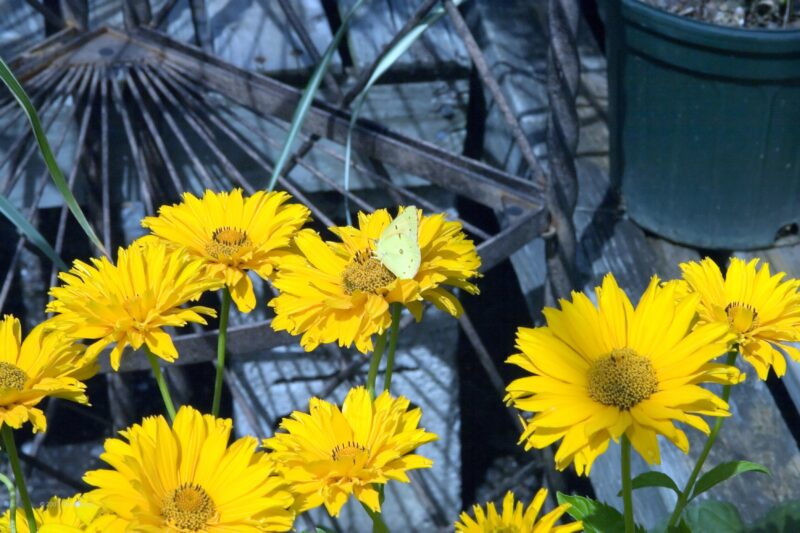
False Sunflower, often called Heliopsis, is a hardy perennial that produces sunny yellow flowers reminiscent of traditional sunflowers. These blooms are excellent for attracting pollinators while providing a cheerful visage in your garden. They thrive in full sun and can tolerate a range of soil types, though they prefer well-drained conditions. False sunflowers can bloom late into the fall, ensuring your garden remains vibrant even as others fade.
Sweet Alyssum
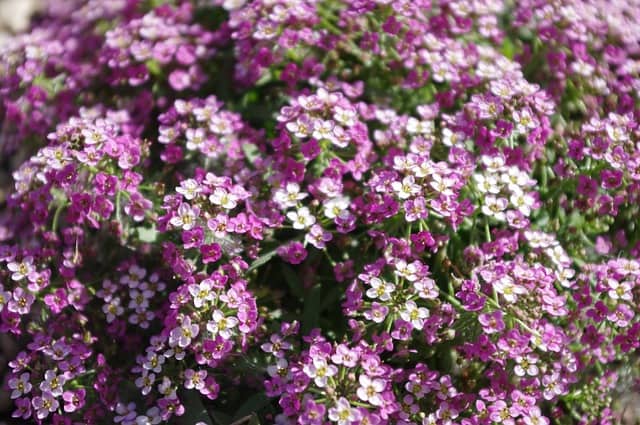
Sweet Alyssum is an adorable ground cover floral known for its fragrant, small white or purple flowers. Blooming from late summer into early fall, these flowers are perfect for edging and containers, providing delightful fragrance and attractiveness to garden spaces. They prefer well-drained soil and partial to full sun, making them versatile and easy to care for. Sweet Alyssum’s popularity among pollinators adds to its garden benefits, providing an essential nectar source for beneficial insects.
Flowering Kale
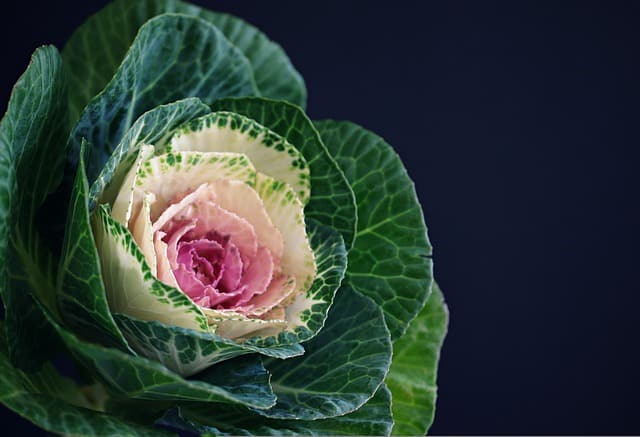
Flowering Kale is a fascinating option for adding splashes of color to your fall garden. With its vibrant foliage showcasing rich purples and greens, it’s often used in ornamental displays. While not a flower in the traditional sense, its decorative leaves can create stunning visual interest and contrast in garden beds or containers. Plant them in well-draining soil and ensure they receive plenty of sunlight. Flowering kale prefers cooler temperatures, making it an excellent choice for fall and early winter.
Cyclamen

Cyclamen is a delightful bulb that adds charm to shaded areas in your garden during the fall. Noted for their heart-shaped leaves and elegant flowers, cyclamen bloom in shades of pink, white, and red, providing late-summer and fall color in woodland gardens. They thrive in well-drained, enriched soils and appreciate dappled sunlight or partial shade. After blooming, their exquisite foliage remains, providing ongoing interest until winter.
Camellia
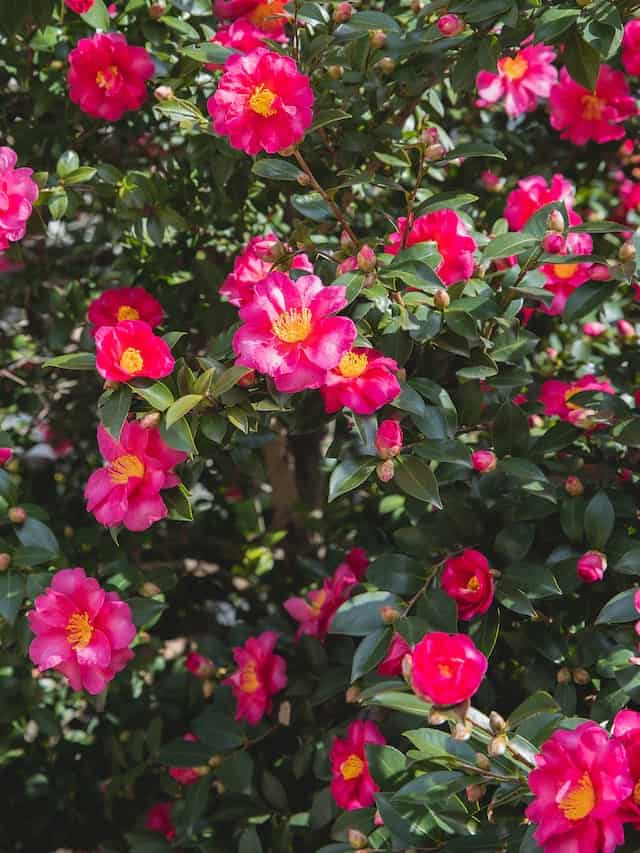
Camellias are renowned for their stunning blooms, which appear in shades of pink, crimson, and white throughout the fall and winter months. These evergreen shrubs provide year-round beauty, with glossy foliage serving as a backdrop for their striking flowers. Camellias prefer partial shade and well-drained acidic soil, making them ideal for shaded borders or woodland gardens. With a bit of patience, these hardy plants will reward you with breathtaking blooms when most other flowers are done for the year.
Kaffir Lily (Schizostylis)
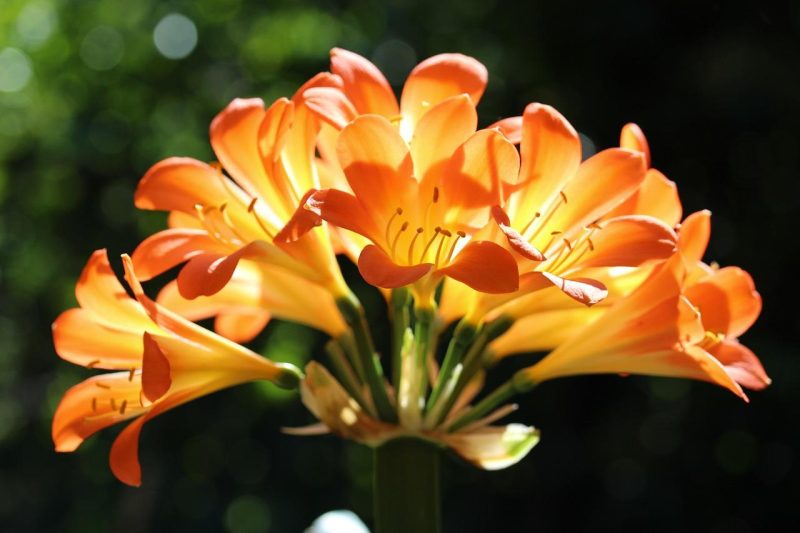
The Kaffir Lily is a charming addition to fall gardens, producing star-shaped blooms in vivid shades of red, orange, or pink from late summer to fall. These water-tolerant flowers thrive in moist, well-drained soil, making them excellent for wetter areas or near water features. They are also perfect for pollinator gardens, attracting bees and butterflies during their blooming season. The tall flower spikes add vertical interest to garden beds and containers alike.
Pansy

Pansies are beloved annuals that can bring a pop of color to your fall garden. Known for their large, cheerful blooms in a wide range of colors, pansies can endure the cool September nights as they establish in time to thrive through fall. These flowers prefer well-drained soil and full sun to partial shade. They can be used in borders, containers, or window boxes, providing splashes of bright color and even delightful fragrance in the cooler months.
Snapdragons
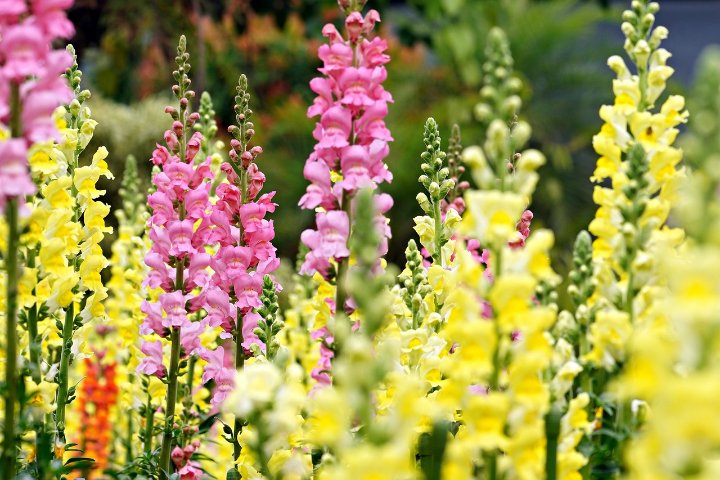
Snapdragons are versatile flowers that make a beautiful statement in any autumn garden. With tall spikes of blooms in a variety of bright colors, they’re perfect for adding height and drama to borders. Snapdragons thrive in full sun and well-drained soil, making them easy to care for. They can establish well in cooler weather and will continue to bloom throughout fall, even enduring the light frosts that may occur. Their delightful shape offers a unique element to any garden design.
Zinnia
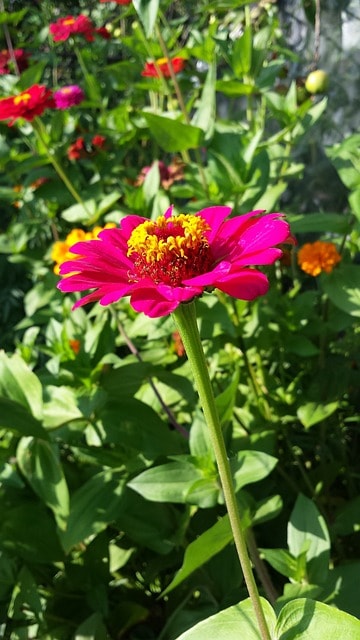
Zinnias are hardy annuals that can bring vibrant color to your fall garden, blooming from summer until the first frost. Available in a wide range of colors, these flowers are beloved for their resilience and beauty. Zinnias thrive in full sun and well-drained soil, making them easy to care for as you prepare for winter. They attract butterflies and other pollinators, and their simple maintenance makes them perfect for both novice and experienced gardeners alike.
Cosmos
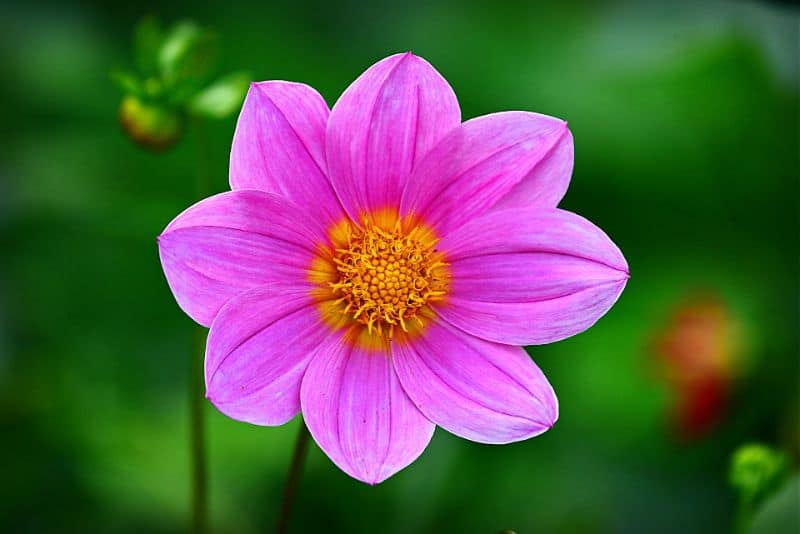
Cosmos are delightful annuals that bloom late in the summer and into the fall, producing charming, daisy-like flowers in shades of pink, purple, and white. They thrive in full sun and tolerate various soil types, though they prefer well-drained conditions. Cosmos are renowned for attracting butterflies and beneficial insects to the garden, making them a favorite among pollinator enthusiasts. Their tall, wispy form can add movement and grace to your garden, swaying gently in the fall breeze.


